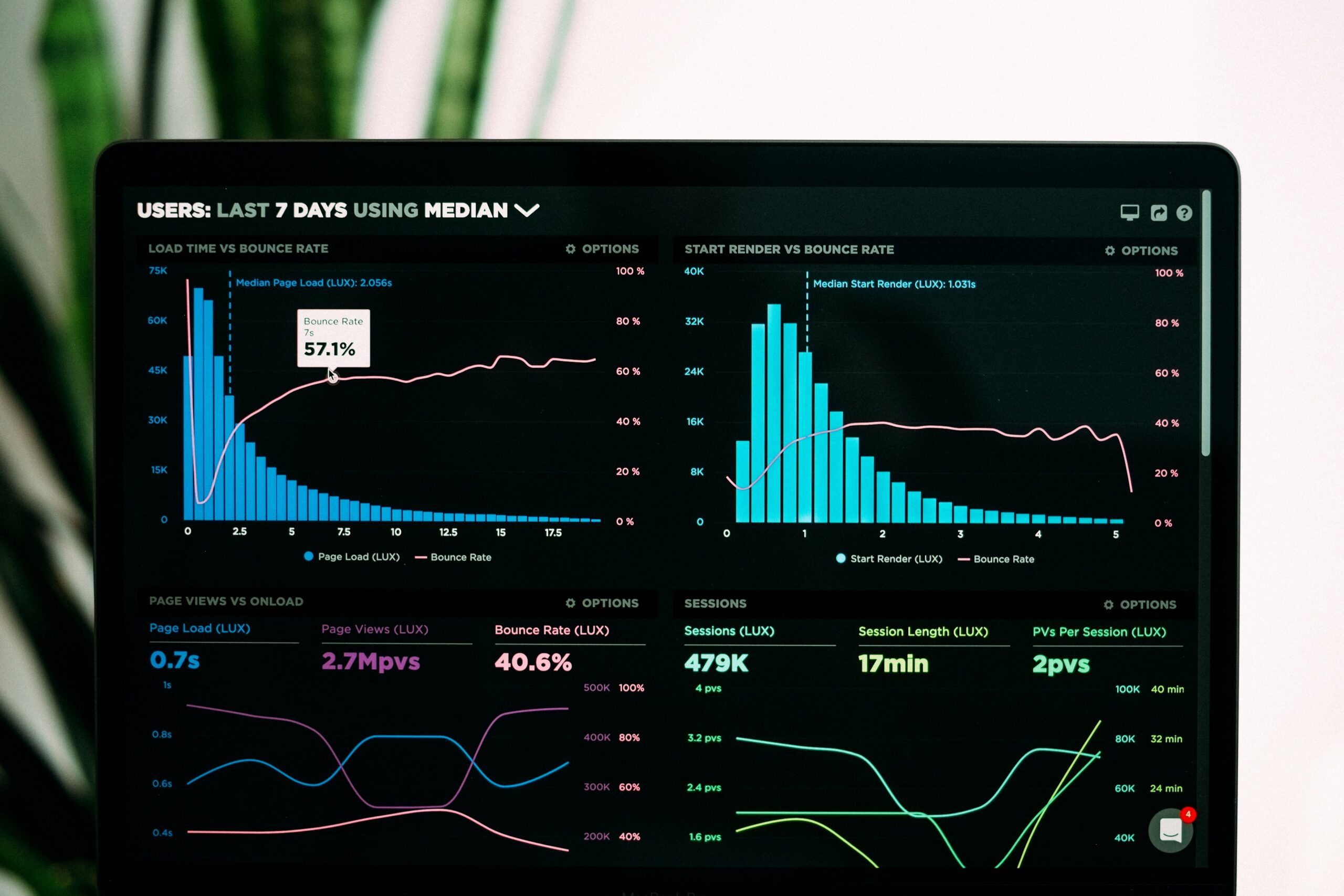When creating a website, businesses often choose between responsive web design and custom development. Responsive design ensures a seamless experience across devices, while custom development provides tailored solutions for specific needs. This post compares both approaches in terms of user experience, design flexibility, and cost. Readers will gain insights into which option best suits their business goals and improves online visibility, helping to engage users effectively.
Key Takeaways
- Responsive web design offers improved accessibility across devices for a better user experience
- Custom development creates tailored features that enhance user engagement and meet specific business goals
- Loading speed is crucial for both web design approaches to maintain user satisfaction
- Aligning website design with brand objectives supports effective customer engagement and increases visibility
- Choosing the right approach depends on business goals and understanding the target audience’s needs
Defining Responsive Web Design and Custom Development

Responsive web design focuses on creating sites that adapt seamlessly to various devices using CSS, ensuring a consistent user experience. Custom development involves building tailored solutions that meet specific business needs, often utilizing unique content management systems. Both approaches serve different use cases, making it essential to understand their key characteristics and benefits.
Key Characteristics of Responsive Web Design
Responsive web design offers a seamless user experience by adapting websites to different screen sizes and devices. Key characteristics include improved accessibility, streamlined navigation, and effective organization of content. By prioritizing these aspects, responsive web design ensures that users can easily access information regardless of their device, enhancing overall satisfaction:
- Improved accessibility for all users.
- Streamlined navigation that adjusts to screen size.
- Organized layout for clear content presentation.
Essential Features of Custom Development
Custom website development is essential for businesses seeking a unique user interface that enhances user experience. This approach allows for tailored features and functionalities that align with specific business goals, making it easier to integrate social media marketing strategies effectively. By focusing on individual needs, custom development creates web design solutions that cater directly to the target audience, increasing engagement and driving conversions.
Common Use Cases for Each Approach
Responsive web design is ideal for businesses that prioritize accessibility and a consistent user experience across devices. Websites that require frequent updates and content management can benefit from this approach, as it streamlines changes to reach all users effectively. On the other hand, custom development suits unique projects where specific content marketing strategies are essential, like e-commerce sites that need tailored functionalities to optimize search engine marketing efforts.
Understanding User Experience and Engagement

Responsive design significantly impacts user experience by optimizing how websites appear across various devices and improving metrics tracked by analytics. In contrast, custom website design enhances user engagement through tailored features that foster social media interaction and streamline workflow. This section explores these key advantages, highlighting how both approaches contribute to effective online strategies.
Impact of Responsive Design on User Experience
The impact of responsive design on user experience is significant, especially in the realm of digital marketing. A responsive website adjusts smoothly to different devices, ensuring that users enjoy a seamless experience whether they are on a mobile phone or a desktop. This adaptability enhances user experience design and simplifies website maintenance, as updates are uniformly applied across all platforms. Furthermore, effective graphic design plays a vital role in maintaining aesthetic appeal, helping to keep visitors engaged and encouraging them to explore more content.
Benefits of Custom Development for User Engagement
Custom development significantly boosts user engagement through tailored interfaces that align with specific business needs. This approach allows for optimized usability, ensuring visitors can navigate the website or mobile app effortlessly. For instance, integrating features that support email marketing and enhance content creation encourages users to interact more, ultimately leading to increased conversions and a better overall experience.
Comparing Performance Metrics

Loading speed is critical for responsive layouts, as a fast mobile web experience can significantly influence user satisfaction. Performance considerations for custom web development focus on creating unique website designs that meet specific client needs, including ADA compliance. This section will explore these key aspects, offering practical insights into how each approach affects overall performance metrics.
Loading Speed Analysis for Responsive Layouts
Loading speed plays a critical role in the performance of responsive web designs. Well-optimized page layouts ensure that users have a smooth experience, whether they are using a desktop computer or a mobile device. A slow-loading site can disrupt a brand’s marketing strategy, leading to increased bounce rates and lost opportunities. Therefore, it is essential to implement effective content management systems (CMS) and design practices that enhance speed and efficiency, resulting in a positive experience for all users:
Performance Considerations for Custom Development
Performance considerations for custom development hinge on the specific needs of the business and its goals. Choosing the right web hosting solution can affect site speed, a crucial component of user satisfaction. By utilizing dedicated servers or optimized hosting plans, businesses can enhance loading times and overall performance, ensuring that their unique website design meets the demands of their users effectively:
Evaluating Costs and Budget Implications

Cost factors in responsive web design primarily involve initial setup and ongoing maintenance expenses. In contrast, custom development projects require a detailed budget breakdown that considers design, functionality, and integration needs. This section will provide insights into the financial aspects of both approaches, helping businesses determine the best fit for their online presence.
Cost Factors in Responsive Web Design
The cost factors in responsive web design include both initial setup and ongoing maintenance expenses. Creating a responsive website typically involves spending for design, development, and testing to ensure compatibility across devices. Additionally, businesses may incur costs for updates and technical support, which are essential for maintaining optimal performance and user experience over time.
Budget Breakdown for Custom Development Projects
Custom development projects require a detailed budget breakdown that considers several key components. These include initial design and development costs, ongoing maintenance expenses, and expenses related to specific functionalities and integrations. By carefully assessing these areas, businesses can better understand the financial commitment required and ensure their website effectively meets user needs:
- Initial design and development costs.
- Ongoing maintenance and support expenses.
- Costs for specific functionalities and integrations.
Identifying Business Goals and Target Audiences

Aligning website design with brand objectives is vital for achieving business success. Businesses must consider their specific goals and how each development approach can support them. Additionally, understanding target audience considerations helps in choosing between responsive web design and custom development, ensuring that the selected option serves users effectively. This section will outline these critical factors in detail.
Aligning Website Design With Brand Objectives
Aligning website design with brand objectives is essential for businesses to effectively reach their target audiences. Whether choosing responsive web design or custom development, understanding how each option supports specific goals, such as increasing user engagement or enhancing brand visibility, is crucial. For example, a business focused on online sales might benefit from custom development to create tailored features that directly enhance the shopping experience.
Target Audience Considerations in Development Choices
When considering responsive web design or custom development, understanding the target audience is crucial. A business aiming to attract a wide range of users may benefit from responsive web design, as it offers accessibility across various devices and maintains a consistent viewing experience. On the other hand, if a business targets a specific niche with distinct needs, custom development allows for tailored features and functionalities that directly address those user preferences, thereby enhancing engagement and satisfaction.
Conclusion
Choosing between responsive web design and custom development is essential for businesses aiming to improve their online presence. Responsive web design ensures accessibility and a consistent user experience across various devices, making it ideal for reaching a broad audience. In contrast, custom development offers tailored solutions that meet specific business needs, enhancing user engagement and driving conversions. Understanding these approaches allows companies to make informed decisions that align with their goals and effectively cater to their target audience.
